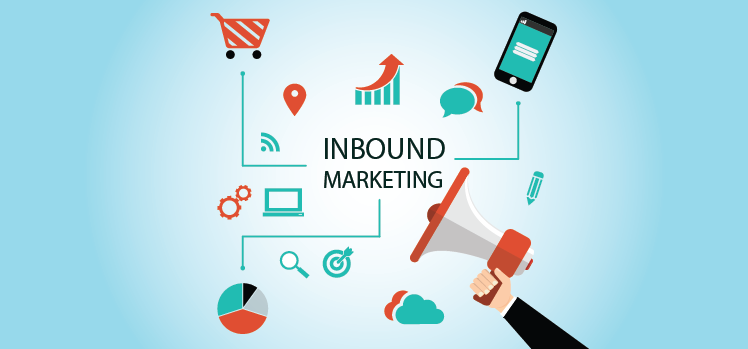Tech Versum: Explore the Future of Technology
Dive into the latest trends and innovations in technology with Tech Versum.
Inbound Marketing: The Subtle Science of Attraction
Discover the secrets of inbound marketing and learn how to attract your audience effortlessly. Unleash the science of attraction today!
Understanding Inbound Marketing: Key Strategies for Attraction
Understanding inbound marketing is essential for any business looking to attract and retain customers in a digital world. Unlike traditional marketing methods, which often interrupt potential customers with unsolicited messages, inbound marketing focuses on creating valuable content and experiences tailored to the audience's needs. This approach employs several key strategies, including content marketing, search engine optimization (SEO), social media engagement, and lead nurturing. By leveraging these strategies, businesses can draw prospects in, encouraging organic engagement rather than chasing them with traditional advertisements.
One of the most effective strategies for attraction in inbound marketing is the use of high-quality content. Businesses should create informative and engaging blog posts, videos, and infographics that address common pain points of their target audience. Furthermore, employing SEO techniques ensures that this content is easily discoverable in search engines, increasing visibility and traffic. Additionally, utilizing social media platforms to share this content can amplify reach and foster community engagement, cementing the brand's authority in its field. Ultimately, the combination of these strategies creates a robust inbound marketing framework that not only attracts but also retains valuable customers.

The Psychology Behind Inbound Marketing: Why It Works
Inbound marketing is rooted in the principles of psychology, targeting the innate behaviors and decision-making processes of consumers. By providing valuable content that addresses their needs, marketers leverage the concept of reciprocity, where potential customers feel compelled to return the favor when they perceive they have gained something useful. This approach stands in stark contrast to traditional outbound marketing, which often interrupts and disrupts, leading to resistance and annoyance. By understanding psychological triggers, such as curiosity and the desire for self-improvement, inbound marketing creates an environment where consumers willingly engage and seek out more information.
Another crucial aspect of the psychology behind inbound marketing is building trust. In a world overflowing with advertisements, consumers are often skeptical and less responsive to direct sales pitches. Inbound marketing seeks to establish a relationship over time, showcasing expertise and creating a sense of community through tailored content. This is achieved by employing strategies such as email nurturing, social media engagement, and informative blog posts, which work to enhance the customer experience. As trust is established, the likelihood of conversion increases significantly, illustrating why inbound marketing remains a formidable force in the digital landscape.
How to Measure the Success of Your Inbound Marketing Campaigns?
Measuring the success of your inbound marketing campaigns involves tracking a variety of key performance indicators (KPIs) to assess overall effectiveness. Start by identifying your primary goals, whether they are to increase website traffic, generate leads, or boost sales. Website traffic can be measured using tools like Google Analytics, which provides insights into the number of visitors, page views, and average session duration. In addition to traffic, monitor conversion rates, as these metrics indicate how many visitors are turning into leads or customers. Utilizing a well-defined analytics framework is essential to ensure that you’re effectively capturing and interpreting this data.
Another critical aspect of evaluating your inbound marketing success is analyzing engagement metrics. Track how users interact with your content through metrics such as social media shares, comments, and email open rates. Additionally, consider implementing surveys or feedback forms to gather qualitative insights from your audience about their experience. It’s also beneficial to measure the lifetime value of a customer, which helps you understand the long-term impact of your campaigns. By consistently monitoring these metrics and adjusting your strategies accordingly, you can optimize your inbound marketing efforts and drive better results over time.